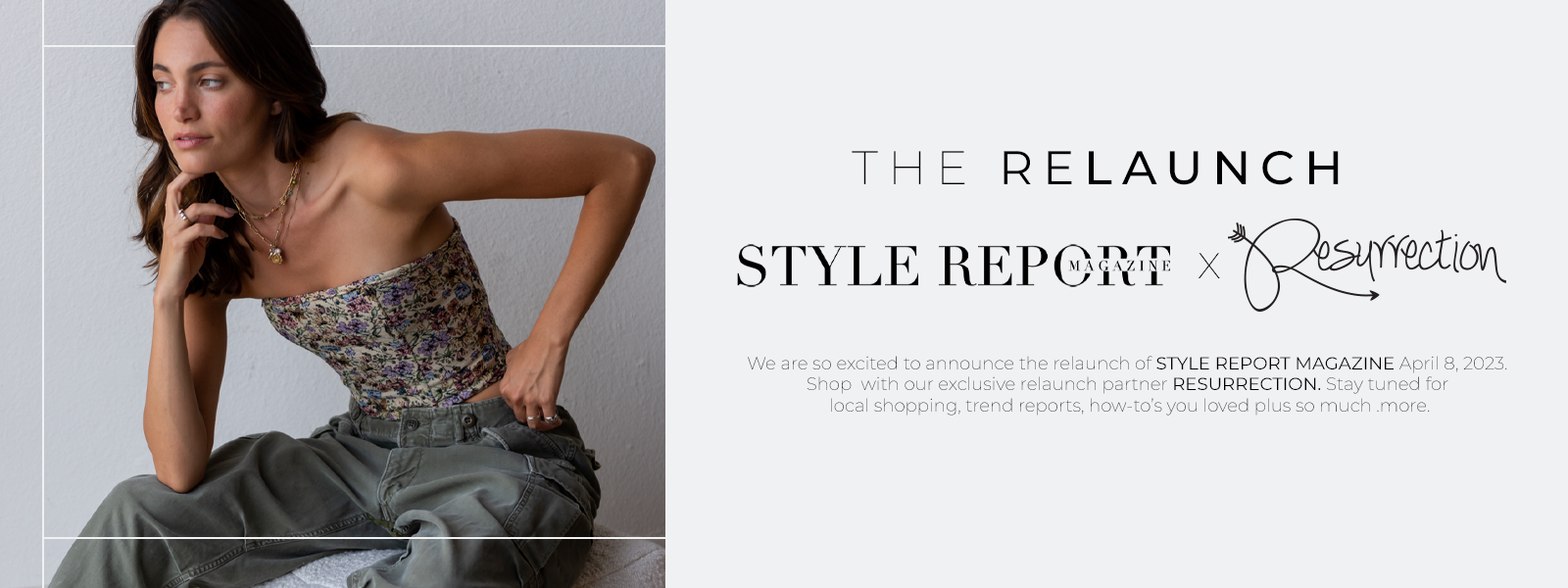Making the Transition
Summer to Fall Skincare
with SkinCare by Alana
If you are anything like me, your skincare changes as the seasons turn. And with back to school just around the corner, it seems eminent that fall is upon us (I’m sorry, summer lovers!). So, when you’re running low on your favorites, and are in need of a restock, what are you to do? Today I am talking all about my favorite products and product types for making the transition from summer skincare to fall skincare, seamlessly!
Step 1: Evaluate Your Cleanser.
Anyone who knows me knows how much importance I place on a quality cleanser. I know many people who stick to the same cleanser year-round, and others who swap between formulas as the weather shifts (a common trend to stick to is gel cleansers in the summer, cream cleansers in the winter). If you’re noticing a shift in your skin, or are projecting one to come, don’t be afraid to make the switch!
My Personal Favorite Formula: Unless my skin starts to show signs of needing a switch, I typically stick to gentle foaming cleansers. Foams are generally friendly for all skin types. They can remove dirt and oil without drying out the skin, and feel lovely when you apply them.
For Those with Combo/Oily Skin: If you are combo or oily year-round, regardless of the weather, stick to foam or gel cleanser formulas. These are less heavy than creamy cleansers and will typically do a better job of clearing out your pores.
For Those with Dry/Aging Skin: If you can get away with a foam cleanser in the summer, but know your skin will go dry as soon as fall/winter hits, go for a creamy cleanser, or a cleansing milk (still nourishing, but less heavy than a creamy cleanser). These formulas are more hydrating, and will strip less oil from your skin.
 Step 2: Select Your Serum.
Step 2: Select Your Serum.
What I love about serums is that your staple formula is usually a good pick year-round. Unlike moisturizers that work to really nourish your skin on a surface level, serums are thinner in consistency and are designed to penetrate deep down into your pores for faster results. They tend to be less nourishing than moisturizers (which is sometimes enough for those with very oily skin), meaning the formula you use in summer can be the same formula you use in winter, pending you layer a moisturizer overtop.
Pro Tip: Shop by Concern. Since serums are designed to deliver targeted results, you are going to want to focus heavily on getting one that fits your skin care goals (aka: one that will target your concerns). Of course, pay attention to skin types. If a product was designed for lightening dry skin, and you have oily skin, you will want to look for a formula that works for all skin types or was created with oily skin in mind.
The bottom line is this: it is typically A-OK to use the same serum year-round, provided your serum is delivering the desired results.
Step 3: Mix Up Your Moisturizer.
This is where you are going to want to focus for a change. It isn’t uncommon for your skin condition to change as the weather does, and your moisturizer is going to make the biggest impact on how your skin feels during those transitions. Still using your winter moisturizer in the summer? You might notice it feels a little too heavy given the increased heat and humidity (and thus, excess oil). Still using your summer moisturizer in the fall? You might notice your skin starting to feel tight and dry.
What is going to work for you is totally unique to your skin and your needs. What I like to do is follow the weather! I know this sounds silly, but on days I know it’s going to be cooler, I slap on my heavier moisturizer. On days that are warmer (which is totally not uncommon through November here in Orange County), I tend to slap on my summer moisturizer. If it is going to be scorching, I may stick to just a serum and tinted SPF during the day.
 Step 4: Speaking of Sunscreen…
Step 4: Speaking of Sunscreen…
DO always wear SPF. Just because the cloud cover grows thicker and the temperatures drop does not mean you should retire your sunscreen until next year. Always, always, always incorporate sunscreen into your regimen. Odds are if you already found a great SPF for summer, you can continue to use it in the winter. Most people want formulas that are lightweight, no matter the time of year.
Pro Tip: Find a Formula You Love. The most important factor in whether or not people wear a sunscreen is how comfortable it feels in combination with their other skincare and makeup products. It is so crucial to recognize that SPF is a first line of defense when it comes to the battle against aging. Yes, sun damage is one of the leading causes of premature aging, as well as skin cancer. So, sunscreen isn’t a luxury, it is a must-have.
Some formula types I really love include: powdered SPF, which is quick, lightweight, and easy to take on-the-go, tinted SPF, which can double as a lightweight foundation and sun protection in one, and moisturizers with SPF, as they can deliver the benefits of a moisturizer while still protecting your skin from the sun. Whichever formula you choose, make it a priority to layer on your SPF every day, and reapply as needed!
Step 5: Exfoliate!
If you weren’t exfoliating in the summertime, start now, today! I am a huge advocate of exfoliating year-round, but push it into high gear in the fall/winter to keep my skin looking radiant. Dry skin is more prone to looking dull, and colder temperatures bring with it higher dry skin potential.
Why is Exfoliation Important? Well, for one it provides immediate radiance by sloughing away dead skin cells. Immediately following exfoliation your products will absorb more effectively, meaning more targeted results. And the process of exfoliation helps to stimulate cellular turnover, which helps with anti-aging over time! Exfoliating is a definite win-win-win, so don’t be afraid to test it out and find something you love! I have been a huge fan of HydroPeptide’s Anti-Wrinkle Polish & Plump Peel for years, as it acts as a mini at-home facial.
The most important rule to follow when transitioning your skincare is to listen to what your skin is trying to tell you. You’ll notice when things start to feel too heavy, or too lightweight. Using the right products is crucial to achieving your desired results, both immediately and in the long term. So don’t be afraid to play around with your products, and switch them up when the seasons start to shift!

 Step 2: Select Your Serum.
Step 2: Select Your Serum.  Step 4: Speaking of Sunscreen…
Step 4: Speaking of Sunscreen… 
